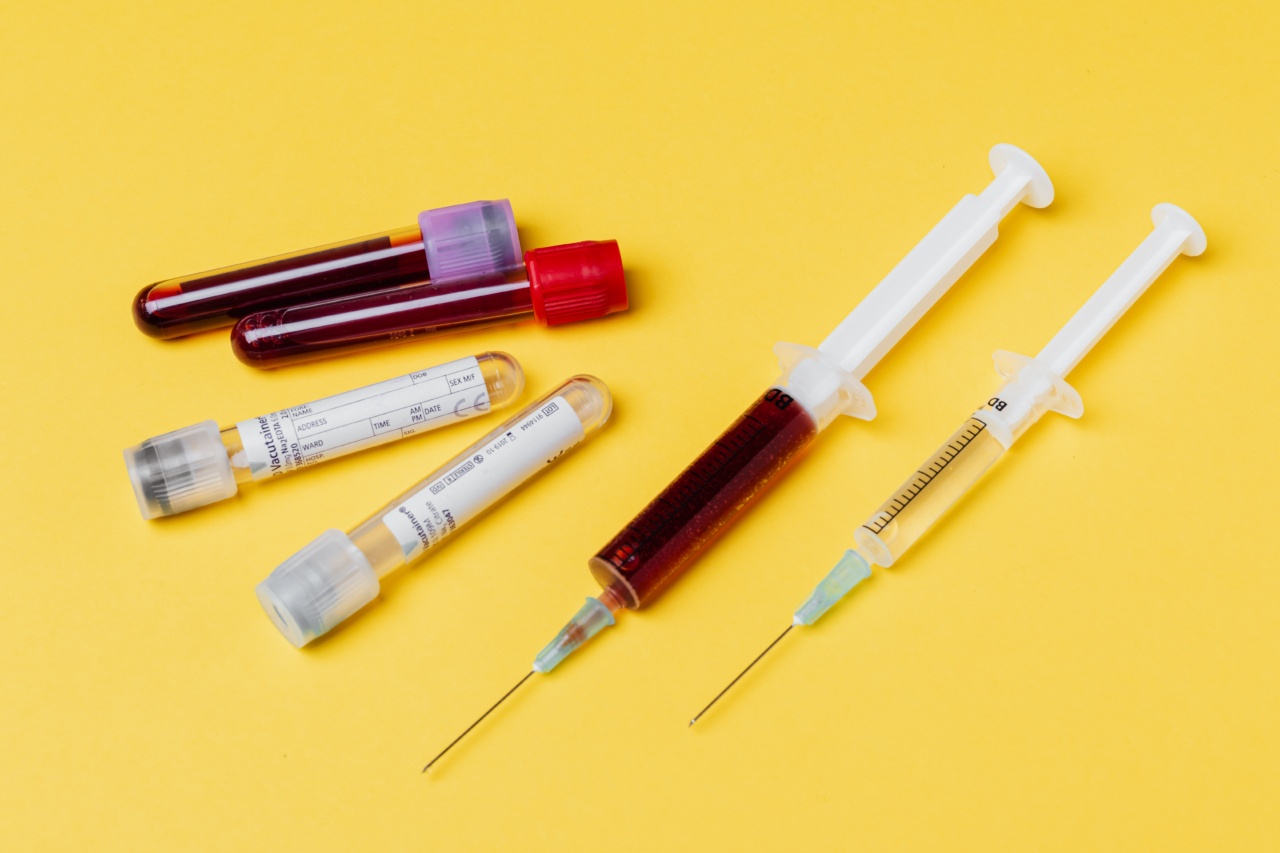High blood pressure, also known as hypertension, is a common health problem that can lead to serious complications such as stroke, heart disease and kidney failure.
While medication is often used to control blood pressure, many people are turning to non-pharmacological methods as an alternative.
What is high blood pressure?
The heart pumps blood through the arteries to different parts of the body. Blood pressure is the force of blood pushing against the walls of the arteries. High blood pressure occurs when the force of blood against the artery walls is too high.
A normal blood pressure reading is < 120/80 mm Hg. If blood pressure readings consistently exceed 140/90 mm Hg, it is classified as high blood pressure.
Why is high blood pressure dangerous?
When blood pressure is high, the heart has to work harder to pump blood through the arteries. Over time, this can damage blood vessels and lead to serious health problems such as:.
- Stroke
- Heart Attack
- Heart Failure
- Kidney Disease
- Vision Loss
How can high blood pressure be treated?
High blood pressure can be treated with medication, lifestyle changes or a combination of both. Common medications used to treat high blood pressure include:.
- Diuretics
- Beta-blockers
- ACE inhibitors
- Calcium channel blockers
While medication can be effective in controlling blood pressure, it can also have side effects such as fatigue, dizziness and headaches. Additionally, some people may not respond well to medication or may prefer to avoid medication altogether.
Non-pharmacological methods to control blood pressure
Non-pharmacological methods to control blood pressure include:.
- Diet
- Exercise
- Stress Management
- Weight Loss
- Smoking Cessation
- Reducing Alcohol Intake
Diet
A healthy diet can help control blood pressure. This includes:.
- Eating more fruits and vegetables
- Choosing whole grains over refined grains
- Limiting sodium intake to < 2,300 mg per day
- Limiting saturated fat and cholesterol intake
- Choosing lean protein sources such as fish, chicken or beans
Exercise
Regular exercise can help lower blood pressure. Aim for at least 150 minutes of moderate-intensity aerobic activity per week. This can include activities such as brisk walking, cycling, swimming or dancing.
Stress Management
Chronic stress can contribute to high blood pressure. Stress management techniques such as deep breathing, meditation and yoga can help reduce stress and lower blood pressure.
Weight Loss
Being overweight or obese can contribute to high blood pressure. Even a small amount of weight loss can help lower blood pressure.
Smoking Cessation
Smoking can raise blood pressure. Quitting smoking can help lower blood pressure and reduce the risk of heart disease and stroke.
Reducing Alcohol Intake
Excessive alcohol intake can raise blood pressure. Limiting alcohol intake to no more than one drink per day for women and no more than two drinks per day for men can help lower blood pressure.
Conclusion
Non-pharmacological methods can be as effective as medication in controlling blood pressure.
By making healthy lifestyle changes such as improving diet, exercising regularly, managing stress, losing weight, quitting smoking and limiting alcohol intake, people can reduce the risk of serious health problems associated with high blood pressure.




























